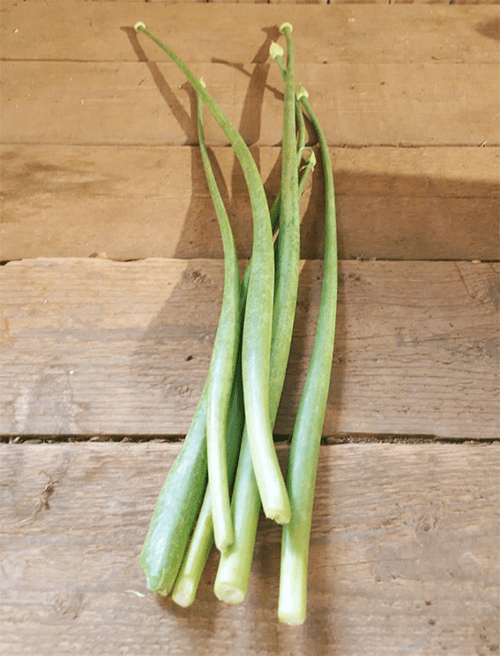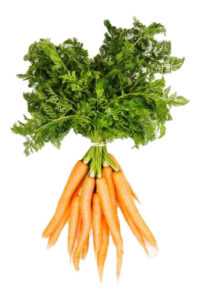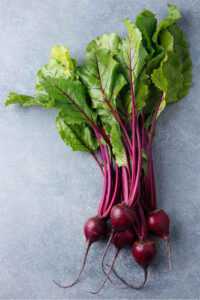Purim’s behind us, and ahead lies Pesach, the springtime Festival of Freedom
CHANGES IN PRE-PESACH DELIVERIES
Week of April 21-27:
Monday deliveries will be advanced to Sunday, April 21. NO WEDNESDAY DELIVERIES.
Week of April 28-May 4:
Monday deliveries will be delayed to Tuesday, April 30. Wednesday deliveries as usual on Wednesday, May 1
During Chol Hamoed, there will be no deliveries, BUT – Everyone is invited to our long-awaited OPEN DAY, to take place Wednesday afternoon April 24, from 15:00 – 18:00. See you there!
_________________________________________
We’re pleased to share that many of the wonderful products made by the local “cottage industries” affiliated with Chubeza – and delivered to your door in your Chubeza boxes – are kosher for Passover. These very special items will not only enrich your own Passover fare, but make perfect holiday gifts for family and friends.
Like these, for example:

Silan from Kibbutz Neot Semadar; olive oil, almond spread, carob syrup and za’atar from Sindyanna of Galilee; juices, cider or apple cider vinegar from Hamatsesa; honey (excluding eucalyptus) from the honeycombs of Ein Harod; tea infusions from ShalvaTea; a range of “Shoreshei Tzion” “raw” vegan products including crackers, cakes, granola, spreads, chocolate and desserts; Udi’s organic sprouts and mushrooms, as well as a wide, delicious array of dates: dekel nur, majhul, and barhi from Kibbutz Samar, the Elazar Farm, and/or Neot Semadar.
I’ve only included those products which carry a “Kosher for Passover” seal, but of course there are additional products which are not chametz. Add these as well to your holiday Chubeza order – olive oil, humus, quinoa and almonds from Ein Harod, sprouts from “Am HaAdama,” juices from Neot Semadar, and more.
If you would like us to clarify whether there is a Kosher for Passover seal on these additional products to add to your order, please indicate this in your order.
We fervently hope that all hostages will be set free and home to celebrate the chag.
_________________________________________________________________
DON’T WASTE FOOD!!
These weeks before Passover are days of heavy-duty cleaning and a scrutinous inspection of every item accumulated at home to determine what to toss. To the contrary, this brings me to the concerted efforts we make in Chubeza in how not to throw away the growths of the field, but rather to take full advantage of our crops, in creative ways as well. The passion to use vegetables to the fullest, and to utilize every crop that emerges from our plot of land, stems from the respect we have for the land that grows the produce. This respect extends as well to our understanding of how much energy and effort is invested in growing vegetables – not only human energy, devotion and effort, but also a great deal of work and activity by all our partners in growing vegetables. First and foremost, from the soil itself and the vast world of microbes within the soil, via the cows that produce the manure, the basis of our compost, to the beneficial insects that pollinate and prey on the pests.
Generally in agriculture (as in industry), after all the effort and energy invested, still a good amount of the production is rejected for marketing – vegetables and fruits that are too small or too large, a bit wrinkled, or bear a scratch or external stain. Thus, at the end of a day’s work in the field, a large quantity of good, ripe and nutritious produce does not reach the consumers’ plates. Over recent years, there’s been a heightened awareness to the increased food waste involved in the careful sorting of agricultural produce, a sorting that reflects our having become accustomed to only receiving the “beautiful” and “perfect,” which are worthy of spending our money on. Merchants, therefore, are interested in leading the consumer to only the most beautiful produce. Moreover, frequently that produce has a long journey ahead before it reaches the consumer. It will be packed and stored in refrigeration, then travel (flown or transported) long distances, only to once again sit in storage until it is finally displayed on the grocery store shelf to catch the customer’s eye.
With a heightened awareness of avoiding waste, various initiatives have been launched to save quality, nutritious food (even if less attractive), and make it available to those who need it and will be happy to have it. One such initiative which we are proud to contribute to (albeit rarely–more on that to come) is the Human Front, Jerusalem, and an additional northern initiative that I heard about recently, MeAdama L’Adam (“from land to man”) from Moshav Tzipori in the Jezreel Valley. In both these endeavors, surplus produce is collected from farmers or from the market, to be then cooked into meals for those in need. During the Corona period, and once again over the last six months of the war, initiatives such as these were a true salvation – both for farmers and for those nourished by them.
We at Chubeza only rarely contribute to such initiatives, because we are privileged to work in direct partnership with you, the people who eat the vegetables we grow. As a result, we literally market nearly all the produce we grow, leaving us with almost no food waste. Thanks to direct marketing, we have no need to store produce for prolonged times or to transport it over long distances. In Chubeza’s boxes, we send high-quality, fresh, healthy vegetables of all sizes and shapes, sometimes with a scratch or external stain, thus directly sharing the challenges of growing vegetables, of different phenomena in the field and the confrontation with weather fluctuations.
Want examples? Traditionally, we send you not only “standard” greens such as spinach, chard or kale, but in times of a greens shortage, your boxes also bring a delicate, sweet bunch of greens that grew with the red beet, or broccoli leaves that surrounded the broccoli’s scalp. When we gather potatoes from the field, they come in a variety of sizes. Sometimes when small potatoes are numerous, we pack bags of miniature potatoes for you that are suitable for cooking or baking even whole, without peeling or cutting. Our garlic always begins its seasonal tour as green garlic. Picking green garlic thins out the rows of garlic that will grow into a head of garlic, also allowing us to pick garlic that has started to be damaged by various fungi, before the damage spreads. Green onions are also harvested many times to thin out onion beds that will become dry onion bulbs.
This year, the war prevented us from being able to recruit temporary proffesional workers who come to help us with weeding and seasonal thinning. The alternative solution was the welcome help of volunteers and untrained workers, which was a true rescue. Yet there was no professional work, and the thinning and weeding were at a mediocre level which allowed us to continue growing crops, but some growing cycles yielded smaller-than-usual carrots, daikon and turnips. Our solution? – We bundled them in charming little bunches and joyfully sent them to you. While picking the small vegetables, the bed, in fact, underwent further thinning, giving their neighbor veggies in the row more room to grow to their normal size. Sometimes the small size of the vegetables is due to a severe cold snap which stunts their growth. Even then, we prefer not to leave them in the field to grow old, but to pick them at the right age – even if they’re the little guys on the block, and share bunches of winter freshness.

This year, we are trying out another waste-preventing harvest, new for us, which so far is proving itself nicely. For the past 20 years, we have been planting onions of the “Ori” variety. This is a biennial onion, meaning it only blooms two years into its growth. Thus, when we harvest it several months after planting, in its first year we get an onion before flowering. But this year’s overly-warm winter was too warm for the Ori. Our onions got confused, poor things, and started to bloom, while the onion bulbs hadn’t sufficiently thickened. To halt the process, we were advised to cut the onion inflorescence buds, which would allow the onion to continue growing without flowering. That’s what we did, and just before we threw away the inflorescence buds of the onions, Nanette, one of the heads of our team, stopped us and said, “Why toss them away?” It turns out that in Thailand, they eat the onion stalks. We decided to try it – and discovered that the Thais are absolutely right about this. The onion stalks are especially crispy and juicy – spicy and wonderful:
Of course, despite all this utilization-to-the-maximum, there are many crop pieces that “remain in the field” – inedible plant leaves, roots and stems. What’s more, cover crops are grown every winter which we cut and reinsert into the soil to thank Mother Earth in return for all she gave us, to enrich her with green manure and improve fertility so we can enjoy her bounty next season as well.
May the coming week bring only good news!
Alon, Bat-Ami, Dror, Einat and the entire Chubeza team
______________________________________________________________________
WHAT’S IN THIS WEEK’S BOXES?
Monday: Carrots, lettuce, red beets/fennel, fava beans/peas, cauliflower, parsley/coriander/dill, tomatoes/sweet red bell peppers, cucumbers, Swiss chard, cabbage/sweet potato. Small boxes: potatoes/zucchini.
Large box, in addition: Scallions/onion inflorescence/celery stalk, onions, zucchini and potatoes.
FRUIT BOXES: Bananas, oranges/clementinas, avocados, red apples, pomelit/pink grapefruit.
Wednesday: Lettuce, red beets/fennel, fava beans/onion, peas, cauliflower/colored peppers/sweet potatoes, parsley/coriander/dill, tomatoes, cucumbers, Swiss chard, cabbage. Small boxes: Carrots/zucchini.
Large box, in addition: Potatoes, Scallions/onions inflorescence/celery stalk, onions and zucchini.
FRUIT BOXES: Bananas, oranges/clementinas, avocados, red apples, pomelit/pink grapefruit.



